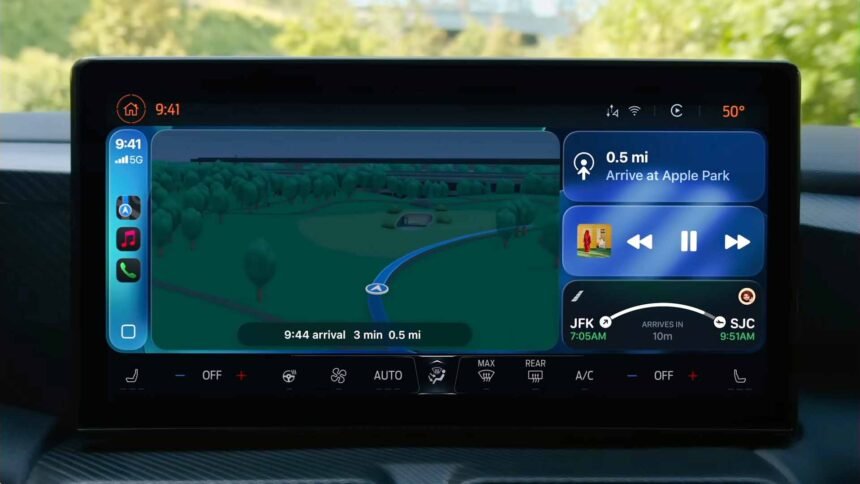In Sunday’s segment on Sky News Australia (Weekend Edition with Tim Gilbert) we took a tour of Siding Spring Observatory, Coonabarabran, where the HUNTSMAN TELESCOPE was launched. (not into space by the way ; )
It’s special because most big telescopes have a big mirror but the Huntsman is using off-the-shelf Canon lenses to better understand galaxy lifecycles – ahead of our collision with the Andromeda Galaxy in 4.5 billion years. These lenses are usually used for sport and wildlife photography. Comprising an array of 10 commercially available Canon EF 400mm f/2.8 L IS II super-telephoto lenses, the Huntsman Telescope is the only telescope of its kind in the Southern Hemisphere. Australia plays an important role in documenting the southern sky and this project is being overseen by the team from Macquarie University.
I’ll have a mini documentary on the Huntsman in coming days, so don’t miss it.
PRINT SPACE HISTORY
It’s an exciting time for astronomy and astrophysics. The James Webb Space Telescope is already amazing the world with incredible images of the cosmos. The great news is NASA makes high quality versions of these images available to the public. We show you how to find those images and print them on a photo printer. Of course you can just click on this link and you are half-way there!
The printer I used in the segment was on loan from Canon Australia. It’s the imagePROGRAF PRO-300.
PIXEL 6A IS A-OK
The Pixel 6A is available for pre-order now for AUD $749. We take a quick tour of the phone and explain how it differs from the Pixel 6 and Pixel 6 Pro. The great news is the 6A has Google’s new Tensor chip inside, so it’s snappy and smart. Although the screen refresh rate is 60 Hz not 90 Hz it still looks good. The other big point is that despite having two 12 MP rear cameras, the Pixel 6A photos will be just a s good as the 50MP versions in the flagship models.
A full review is coming soon but at this point I must say it’s looking like a good buy.
ANDROID EARTHQUAKE DETECTION ACTIVE IN AUSTRALIA
Google has just launched Android Earthquake Alerts System in Australia, Vanuatu, Papua New Guinea and the Solomon Islands. The system uses accelerometers in active Android smartphones to detect seismic activities. It alerts people in two ways — via Search and directly on the Android mobile device itself.
Be Aware alerts people when earthquakes with a magnitude of 4.5 occur, or an intensity level of 3 or 4 on the MMI scale. The notification is sent along with the distance of the earthquake’s epicentre. The alert uses the phone’s current volume, vibration, and Do Not Disturb settings.
Take Action is a full-screen alert for earthquakes with a magnitude higher than 4.5, or an intensity level of 5 and above on the MMI scale. To help people prepare for potential heavy shaking, full-screen instructions are shown and the phone plays a loud sound.




